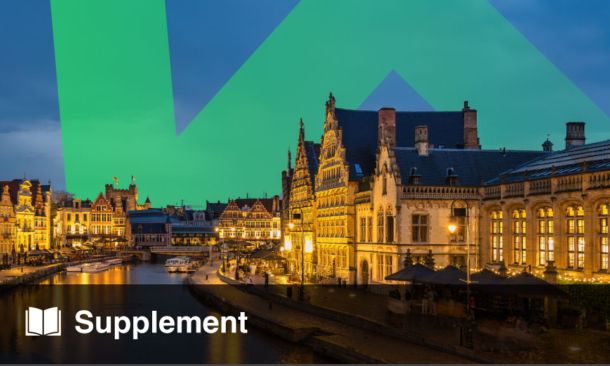A RECENT breakthrough study has uncovered that pore-forming proteins are a common factor behind allergic airway inflammation, advancing our understanding of respiratory allergies. Allergens that trigger type 2 immune responses are diverse, but the exact mechanisms by which airway epithelial cells detect these allergens have remained unclear.
Researchers focused on the common mold allergen Alternaria alternata to investigate how allergic airway inflammation is initiated. Using a novel in vitro system and detailed biochemical fractionation, they identified two proteins, Aeg-S and Aeg-L, as core immune-stimulatory components. Further analysis via cryo-electron microscopy revealed these proteins form large transmembrane pore complexes capable of perforating airway epithelial cells.
This perforation activates the immune system in two key ways: by prompting the release of the cytokine IL-33 and inducing calcium influx that triggers MAPK signaling pathways. These processes together drive the type 2 inflammatory responses characteristic of respiratory allergies.
Importantly, genetically modified A. alternata strains lacking pore-forming ability failed to induce allergic reactions in mice, confirming the essential role of these proteins. Additionally, pore-forming proteins from different species, despite structural differences, were also able to initiate respiratory allergy responses.
The study suggests that therapies targeting epithelial cell perforation signalling could offer new treatments for respiratory allergies, a promising step forward in managing these widespread conditions.
Reference
Shi K et al. Epithelial cell membrane perforation induces allergic airway inflammation. Nature. 2025; doi: 10.1038/s41586-025-09331-.






